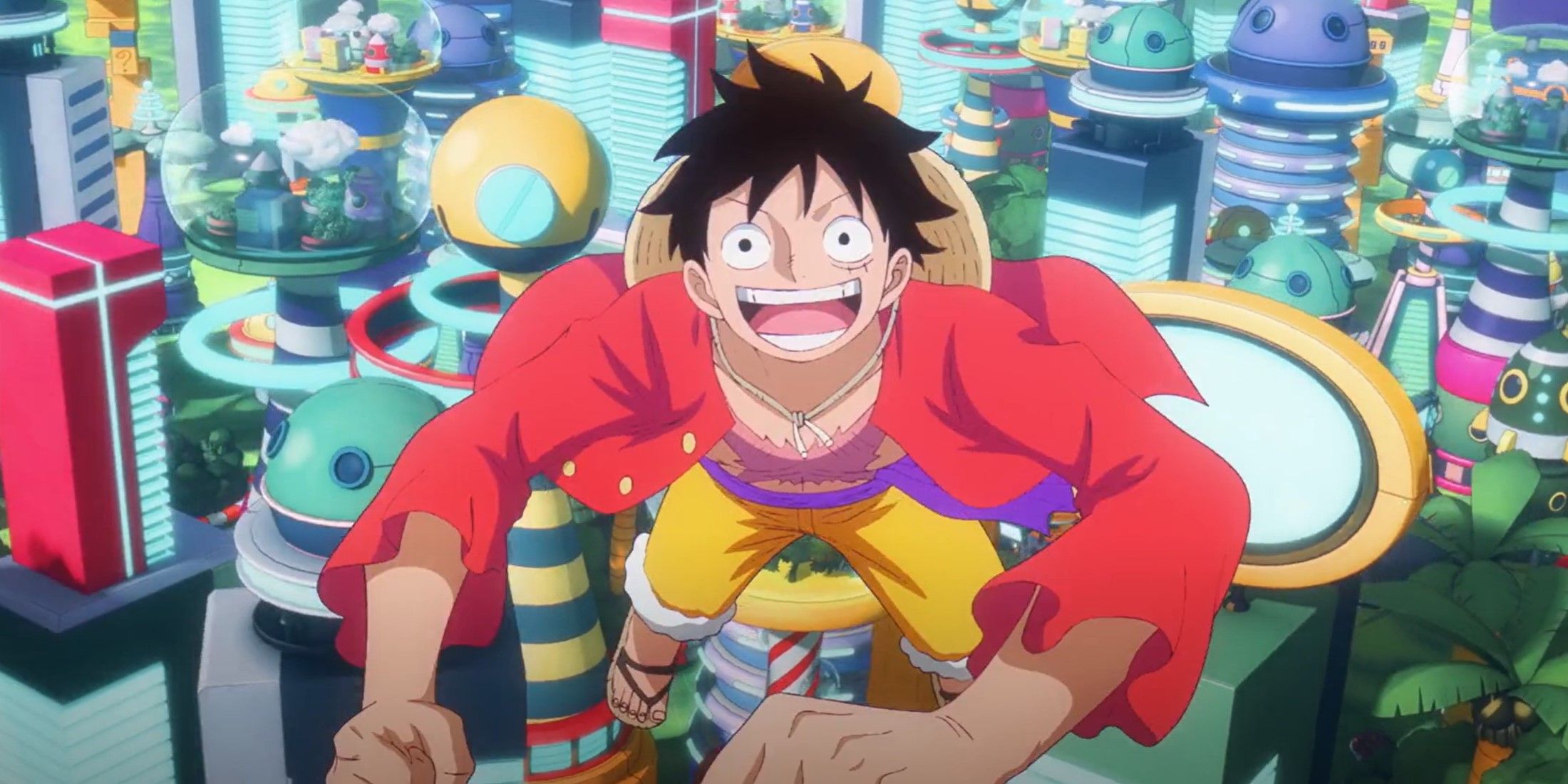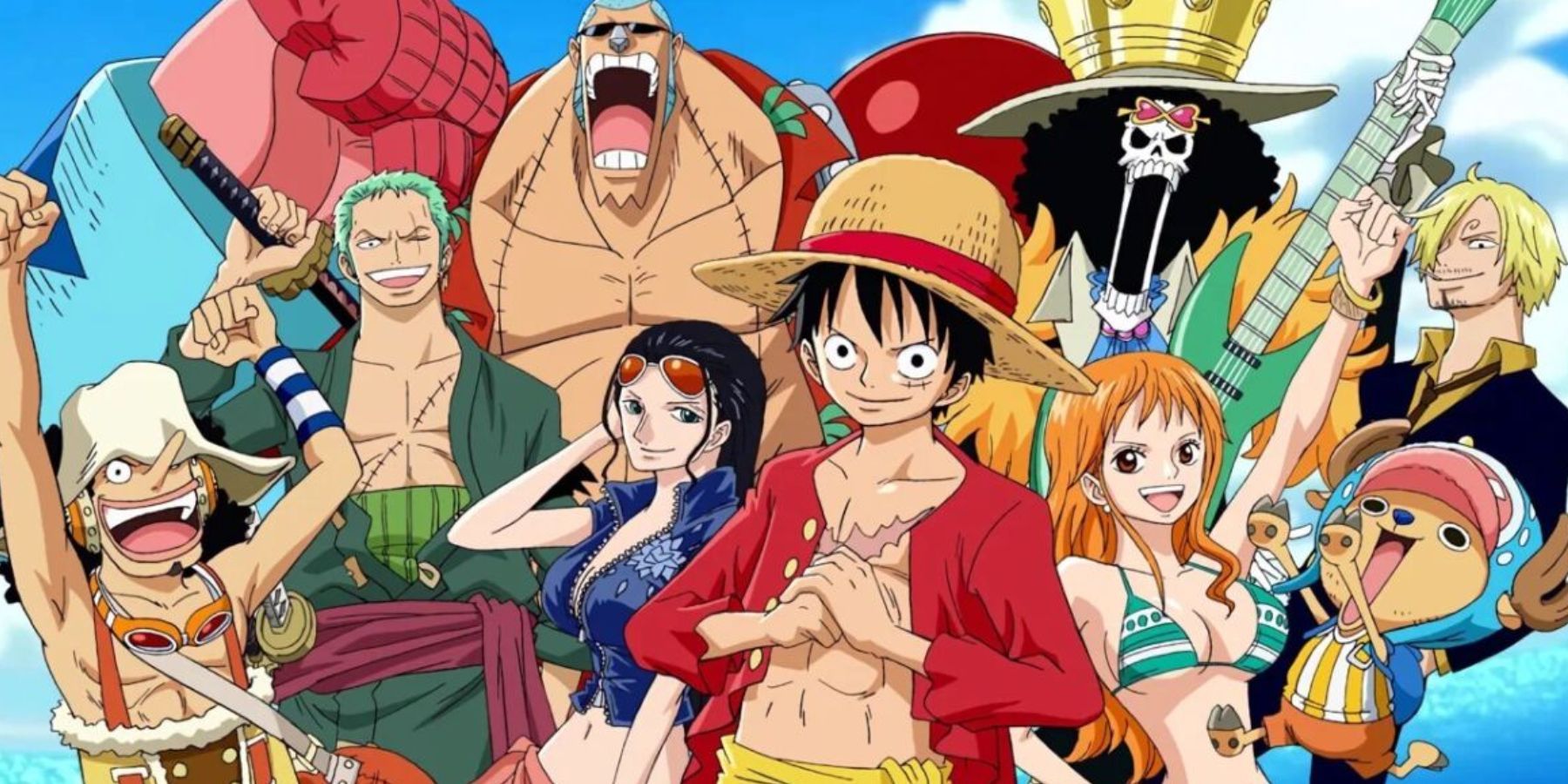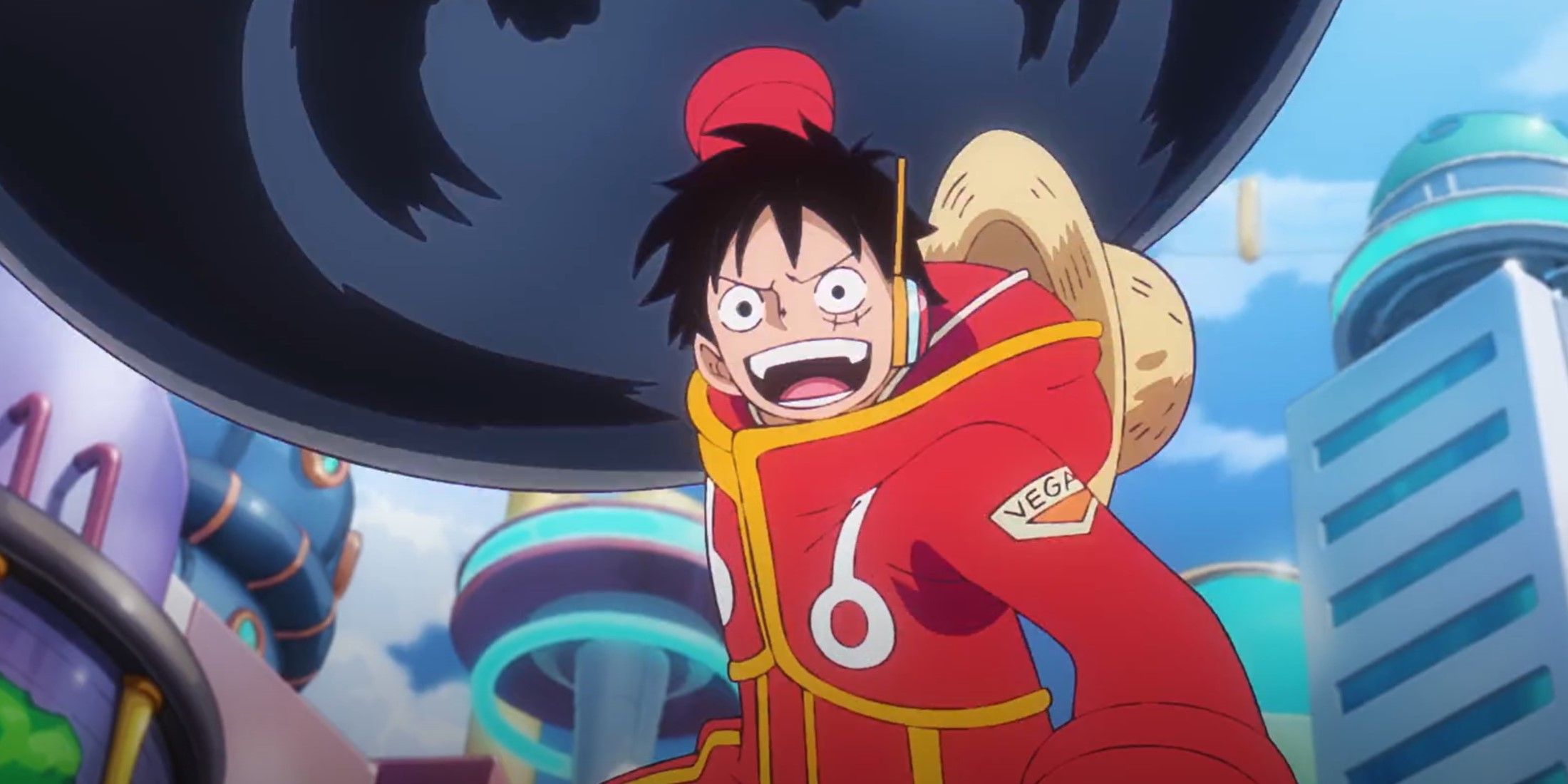Highlights
- One Piece has entered its Final Saga with the start of the Egghead Arc, accompanied by an art and animation style overhaul.
- The anime has been plagued by pacing issues, filler, and inconsistencies in art style over its two-decade run.
- The new art style may be a strategic move by Toei Animation to align with the upcoming remake of the series and appeal to new viewers on Netflix.
Eiichiro Oda's One Piece has been going from strength to strength in recent years, from the live action Netflix adaptation of the series, to the announcement of a new anime remake by WIT Studio, and finally, the end of the acclaimed Wano Country Arc. Now, the series has officially entered the Final Saga of its epic narrative with the start of the Egghead Arc in the anime.
This was accompanied by an overhaul of its art and animation style which corrected some of the shortcomings that Toei Animation has been criticized for over the years. Such a development will be welcomed by those who prefer to experience One Piece through the medium of anime, but it also poses some intriguing questions about the future of the series now that it is being simulcast on Netflix. Is this a move by Toei Animation to drum up buzz for the story's climax, and tie it to the upcoming new anime adaptation?
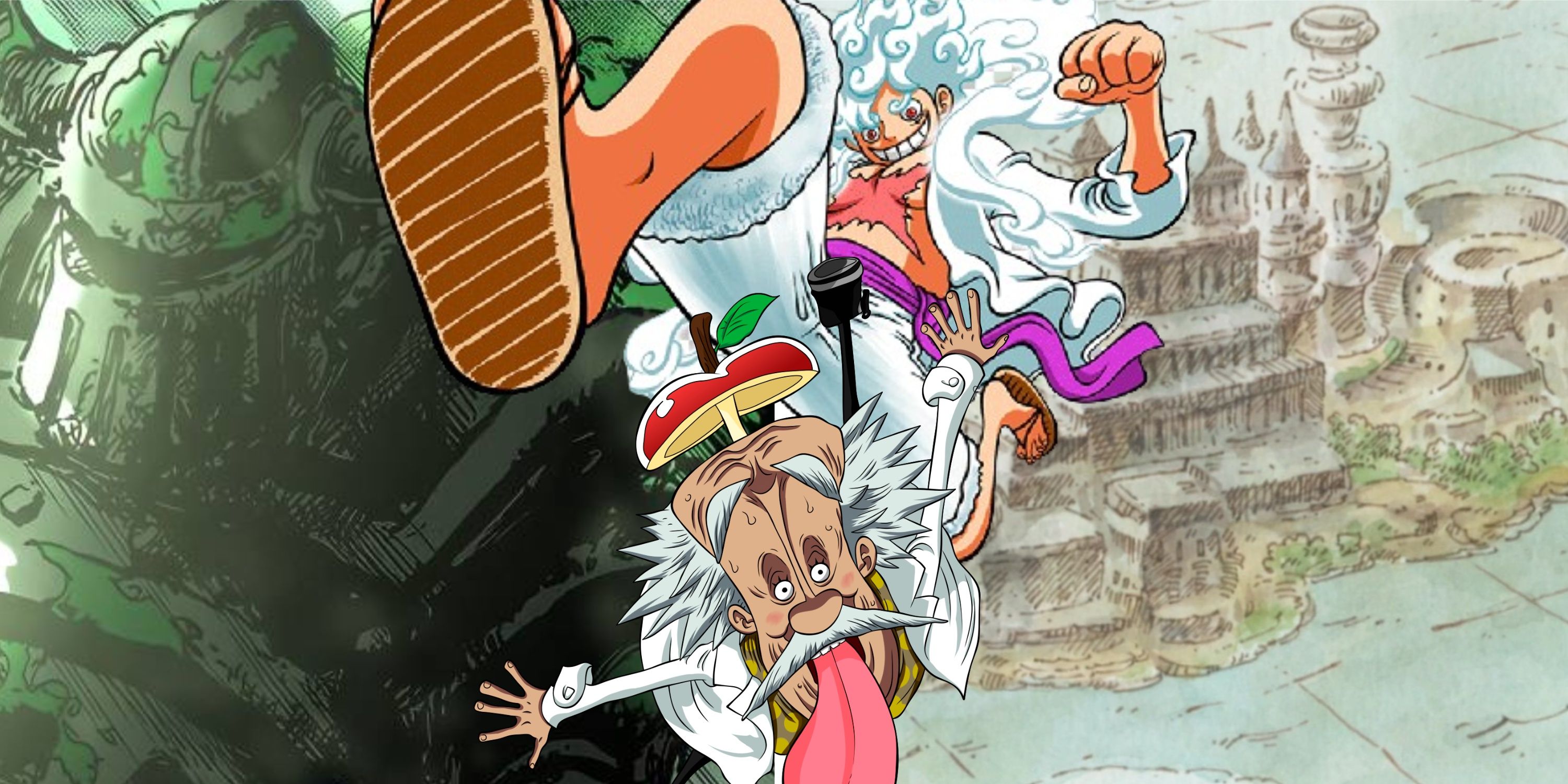
One Piece: Was Gear 5 The Great Kingdom’s Energy Source?
The mysteries surrounding the Void Century have been lurking in the story for a long time, and Luffy's latest transformation may hold some clues.
The Many Issues Plaguing Toei's One Piece
Due to the constraints imposed by the One Piece anime's weekly release schedule, coupled with the constant challenge of staying behind the pace of the manga, Toei Animation chose to forgo the traditional option of anime filler for a different solution. For quite some time now, the anime's pacing has been heavily weighed down by padded scenes in episodes, which serve to extend the run time while adapting only a chapter's worth of content at a time when most other shows generally adapt two or three chapters per episode.
This adds up to a considerable portion of the series' actual run time, and consists of long reaction shots, an overt reliance on still frames and repeated sequences, shots that linger for too long, as well as bloated recap sections. In effect, the series has been dealing with these problems for over two decades now, since the anime commenced airing only two years after the manga began serialization in Shueisha's Weekly Shonen Jump.
All in all, this increased the length of the series far beyond the ideal number of episodes. In fact, the more exciting segments of animation in the series have grown sparser with each passing arc, and the amount of filler in between has only increased in volume. There have also been marked inconsistencies between the art styles in the frames themselves at some junctures, which contributes to growing fan disillusionment with the anime. Certain points in the anime can be quite exhausting to sit through due to the sheer amount of in-built filler which seriously diminishes the pacing and quality of the story.
A Fresh Start After Wano's Success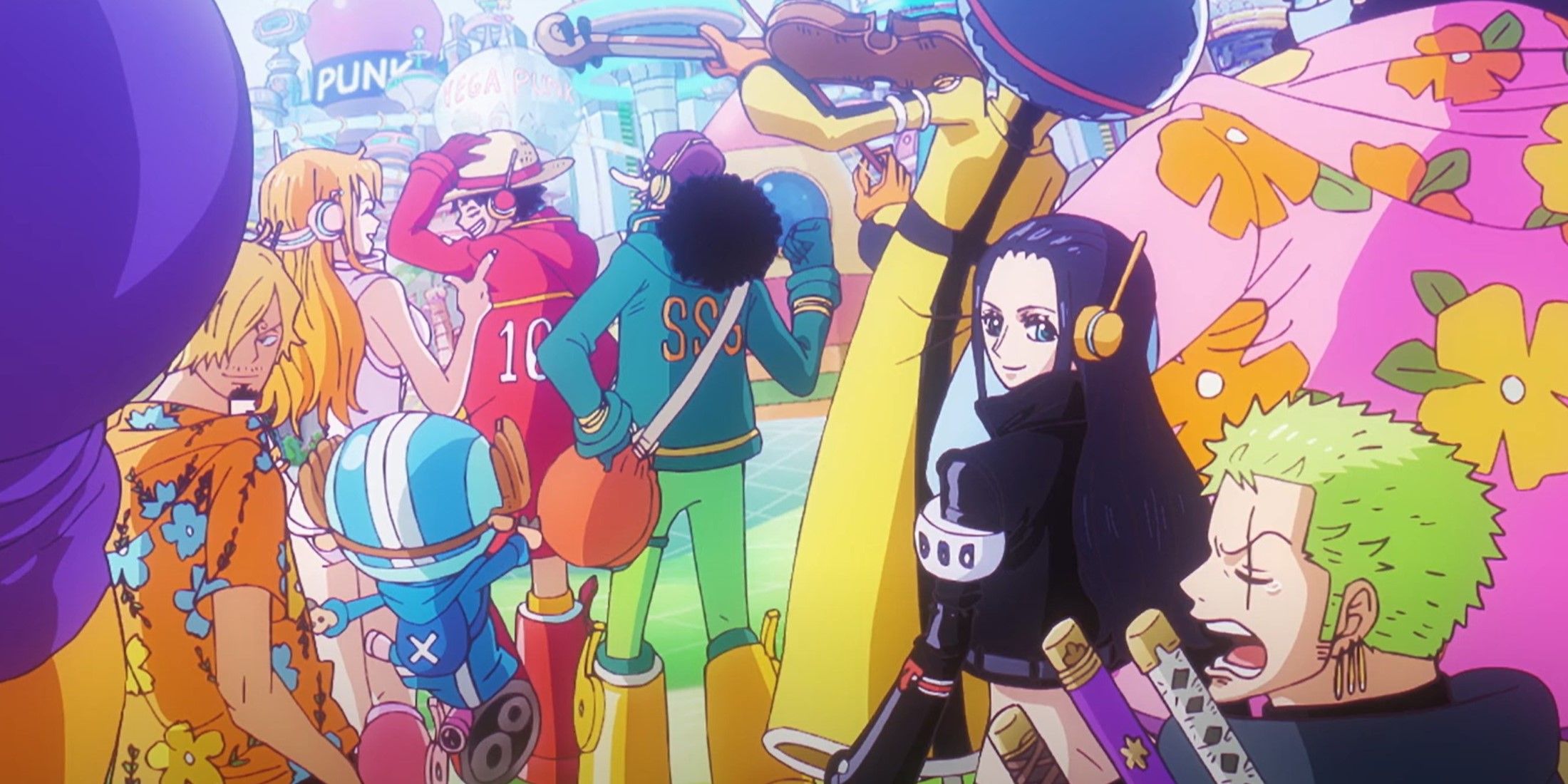
By virtue of being on air for so long, One Piece has also undergone a number of changes in its visual style, due to production schedules, the implementation of new technologies, and the shifting of tones between arcs. As such, there are several different eras of animation which make up the anime's canon, with some viewed more favorably than others. For instance, the tail end of the Wano Country Arc saw major improvements in the visual style of the show — notwithstanding the padded scenes — due to the importance of nailing the on-screen debut of Luffy's Gear 5 form.
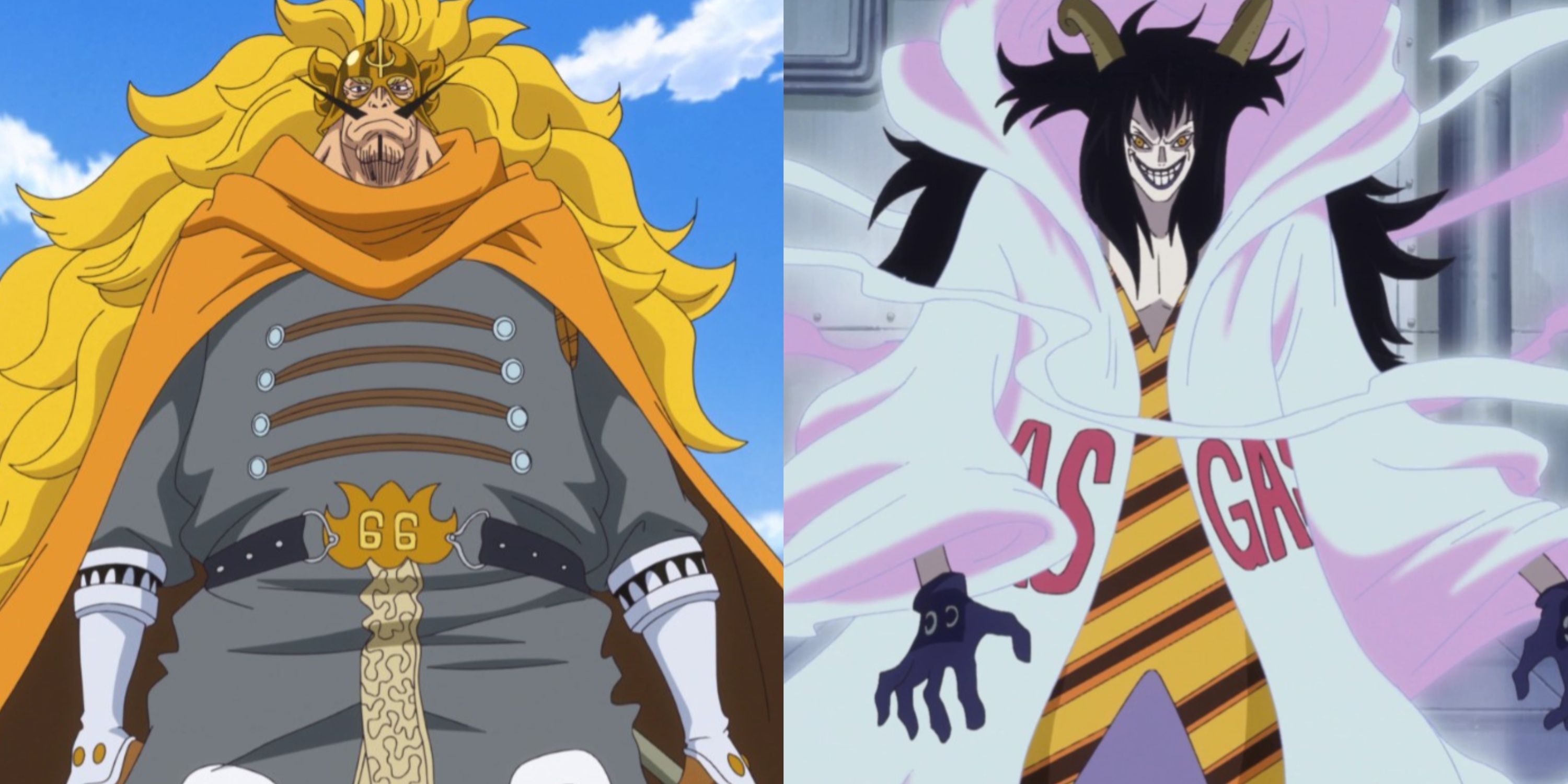
One Piece: How Could NEO MADS Affect The Final Saga?
Seen as the successor to MADS, the group was founded by Vinsmoke Judge and Caesar Clown, to eclipse Vegapunk's achievements.
The final fight between Luffy and Kaido during the climax of the Raid on Onigashima was one of the best sequences of animation from the show in recent times and also signified that Toei Animation had realized the pitfalls of their production strategy. Subsequently, the Egghead Arc has wiped the slate clean with a new aesthetic that uses lighter shading, softer linework, and is more consistent with the manga's style. There are also far more moving frames in each episode, and the padding has also become less obvious. The scene involving the destruction of the Lulusia Kingdom deserves a special mention for how it elevates the tone of the source material, depicting the calamitous event in an even more grim and harrowing light.
However, it remains to be seen whether these upgrades to the anime will continue through the rest of the arc or be shelved after the first few episodes. So far, Egghead has also utilized more 3DCG animation than preceding arcs, which is fitting considering its Space Age-inspired retrofuturistic setting. This stylistic change has imparted the cityscape of Egghead with more depth and visual weight, inviting viewers to immerse themselves within its many layers.
Netflix's Involvement Is An Intriguing New Development
When discussing the changes to the anime and its new home on Netflix for global audiences, there is one elephant in the room which must be addressed. Since the Egghead arc will be releasing on the platform in tandem with its premiere on Japanese television, the production team may have more resources on hand if Netflix gets more involved. Moreover, the recently announced remake of the anime by WIT Studio titled "The One Piece," is expected to be a full retelling of the manga's source material, liberated from the excess fluff that has become ingrained into Toei Animation's production process.
Essentially, this provides a fresh avenue for entrants to the series to experience Eiichiro Oda's work in a way that captures the pacing of the manga, without being tied down by the issues of a weekly production schedule. The announcement was accompanied by some speculation on how this would affect the the original anime, in a manner similar to how the initial Fullmetal Alchemist anime is now often overlooked due to the release of its more manga accurate successor, Fullmetal Alchemist: Brotherhood.
In short, the anime's new art style could be a conscious choice to align with the production of the new adaptation of the series, so that it will fare better against it. Toei Animation's take on One Piece's is not without its merits, but such highlights have been buried under the endless stream of filler they are sandwiched in between. Going forward, the only real solution to these problems may be moving towards a seasonal schedule which many fans have been pushing for, but it may take some convincing for a show that has doggedly stuck to its guns for quite some time now.
One Piece is available to stream on Netflix.
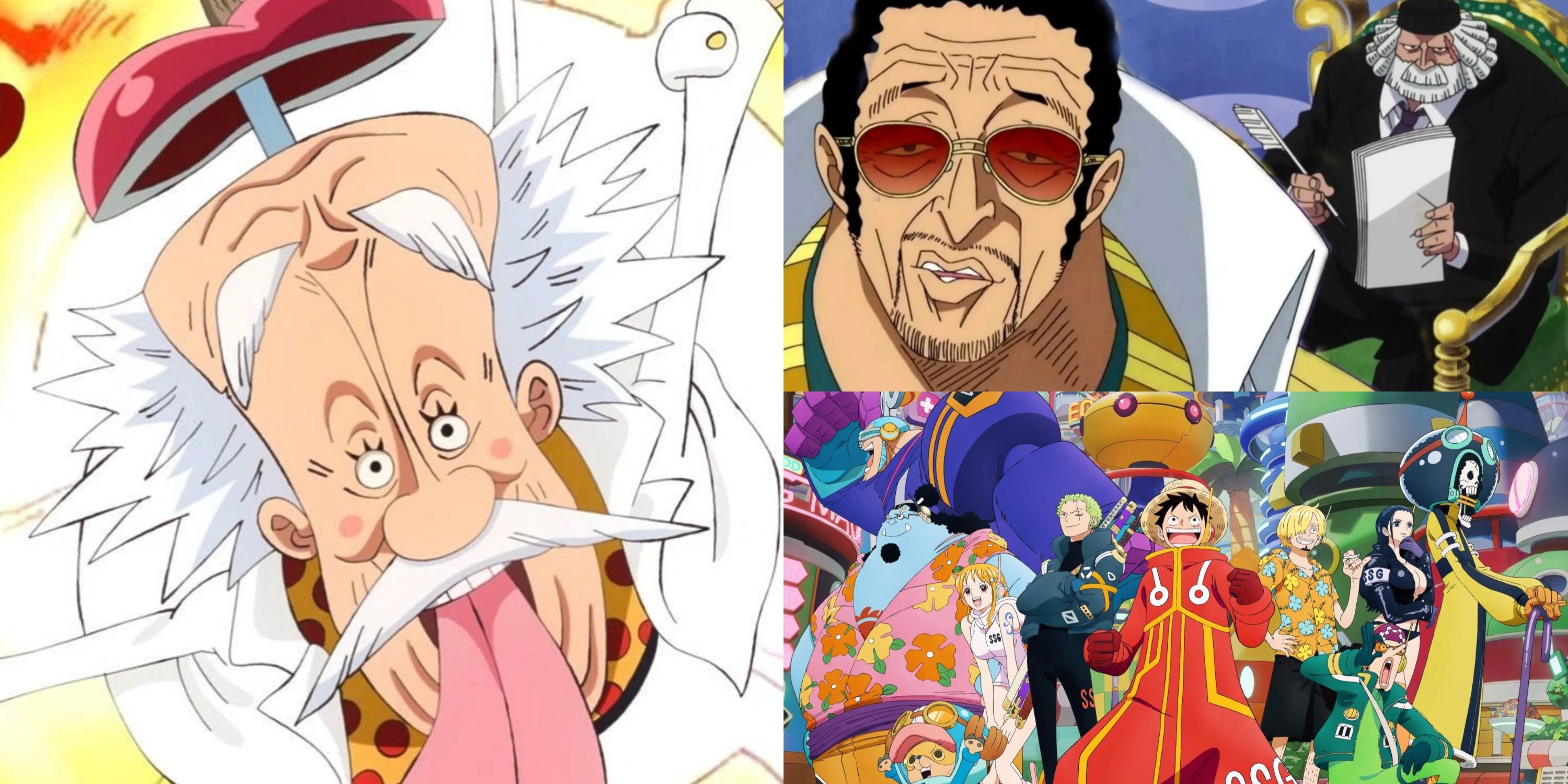
One Piece: Will Vegapunk Survive The Egghead Incident?
The tense circumstances on Egghead Island cast a heavy shadow of doubt on Vegapunk's survival, but is there a chance that he may pull through?

